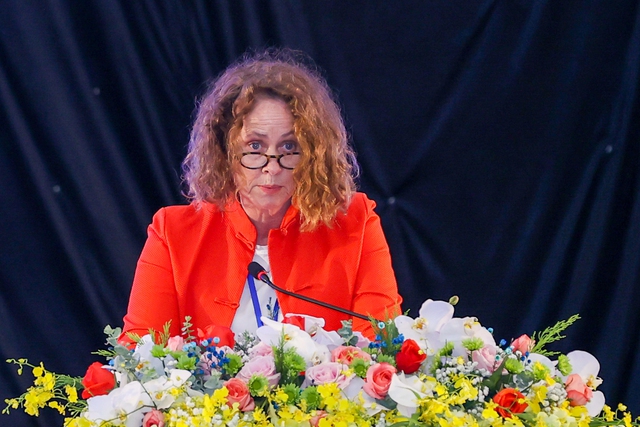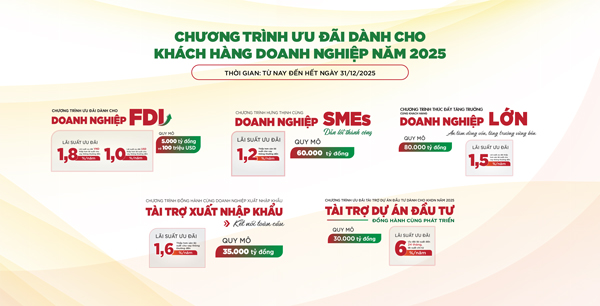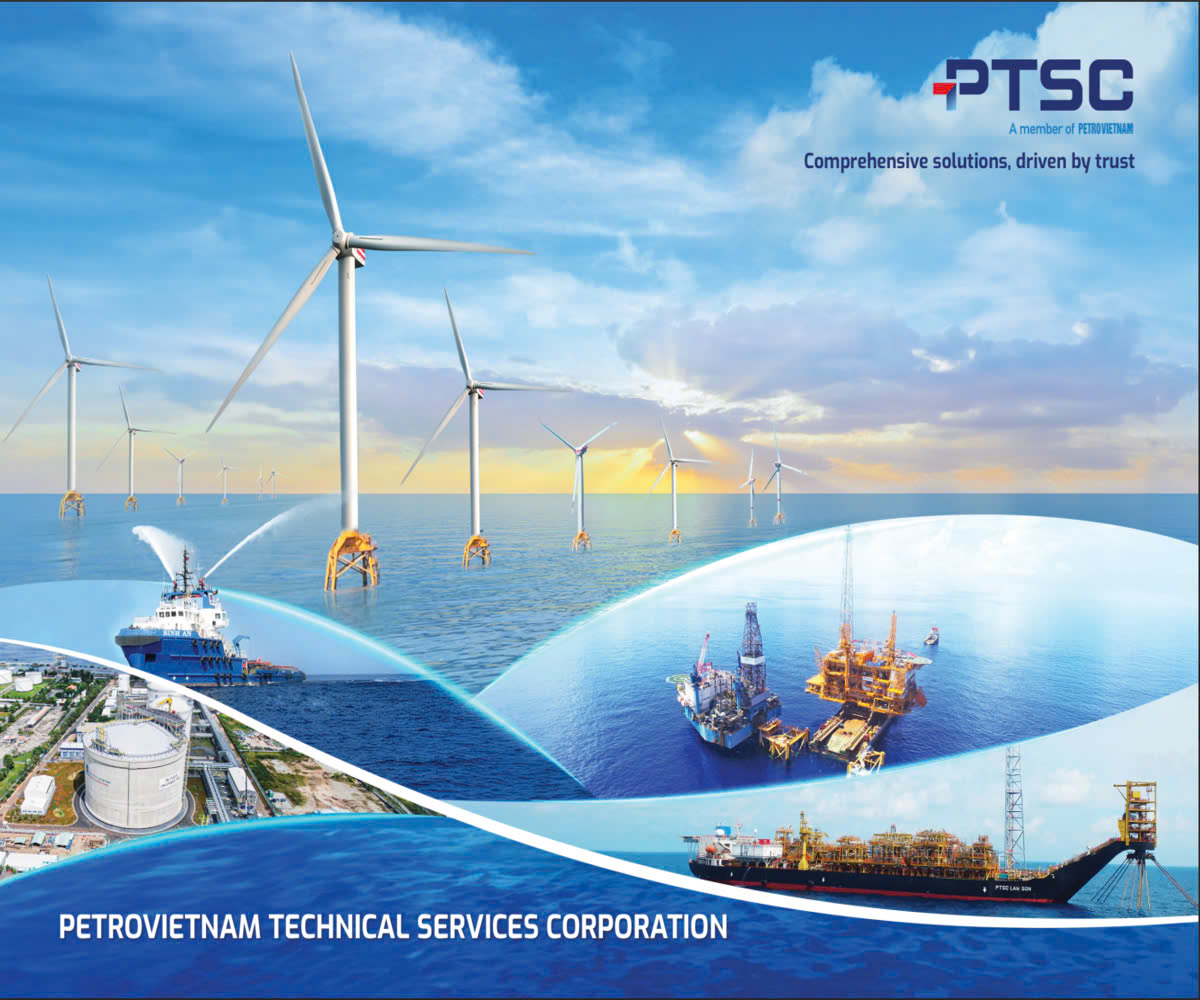 |
| World Bank Country Director for Viet Nam Carolyn Turk |
WB Country Director for Viet Nam Carolyn Turk made the above statement at a conference on launching an Action Plan to implement Resolution 24-NQ/TW by the Political Bureau on the directions for economic-social development and ensuring security and national defense in the Southeast region until 2030, with a vision to 2045, which took place in Ba Ria-Vung Tau Province on Saturday.
According to Carolyn Turk, the Southeast region has historically played a vital role as an economic growth pole for Viet Nam and the WB has accompanied the competitive development of this region through investment financing in some of the constituting provinces of the region and through analytical and advisory activities.
Among the six socio-economic regions of Viet Nam, the Southeast region, anchored around Ho Chi Minh City and including the five provinces (Dong Nai, Binh Duong, Ba Ria-Vung Tau, Binh Phuoc, and Tay Ninh), is the most urbanized and economically vibrant region of the country, responsible for the lion's share of Viet Nam's growth and development.
Known as the "workshop" of Viet Nam and a key destination for foreign direct investment (FDI) in the past decades, the region has been important driver of national economic growth. The region has the highest gross domestic product (GDP) per capita in Viet Nam.
From 2016 to 2020, the Southeast region provinces accounted for 40 percent of the national GDP and 42 percent of the country's FDI even as it comprised just 23.4 percent of the national population.
Key issues
Over 2016 to 2019, the economic growth rate of the Southern Key Economic Region was 6.6 percent, which was slower than the 7.6 percent national average and the 8.9 percent growth rate for the Northern Key Economic Region, which is anchored around the capital city of Ha Noi.
Labor productivity in the Southern Key Economic Regional has historically been the highest in the country. But over 2016 to 2019, the average growth in labor productivity in the Southern Key Economic Region was just 4.5 percent, which lagged the 6.8 average national growth rate and the 8.1 percent growth rate for the Northern Key Economic Region.
Moreover, in spite of its role as the largest economic agglomeration in Viet Nam, the average state budget regional expenditure per capita in the Southern Key Economic Region over 2015 to 2019 was almost 25 percent lower than the national average and almost 29 percent lower than the average for the Northern Key Economic Region.
The recently released 2021 Provincial Competitive Index published by the Viet Nam Chamber of Commerce and Industry also showed that the provinces of the Southern Key Economic Region have started to lag its peers from the Northern and Central Key Economic Regions.
Suggested ways forward
There is potential to restore the Southeast region's role as the leading driver of Viet Nam's economic development and becomes one the key economic centers in Asia, emphasized Carolyn Turk, adding that there are three areas of policy reform that require immediate attention.
Firstly, in terms of regional governance, the Government should establish a regional collaboration mechanism with enhanced functions and roles for planning and coordinating multi-sectoral and sector programs and projects at a regional scale.
Secondly, in terms of regional planning, the regional collaboration mechanism should empower the Regional Council to support the preparation of a regional master plan following the
Thirdly, options for regional investment financing mechanisms should be identified based on the Government's legal framework and policy priorities.
Fourthly and finally, the region will have to lower its carbon footprint to remain competitive into the future.
The WB is working with Ho Chi Minh City on such a low carbon program. As designed, the estimated energy savings over 10 years of all interventions are US$ 12.1 billion in net present value.
The estimated reduction in emissions over 10 years is 109.7 million tons (or 10.9 million per year), which translates to US$ 1.76 billion of net present value in carbon offsets priced at US$25 per ton.
The WB has mobilized resources to support the next phase of analytical support for regional integration and coordination in the South East Region in such fields of regulatory and institutional analysis and development; development of options for a regional investment mechanism; and capacity building.






















































